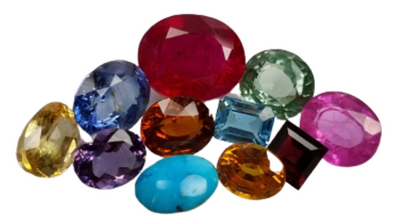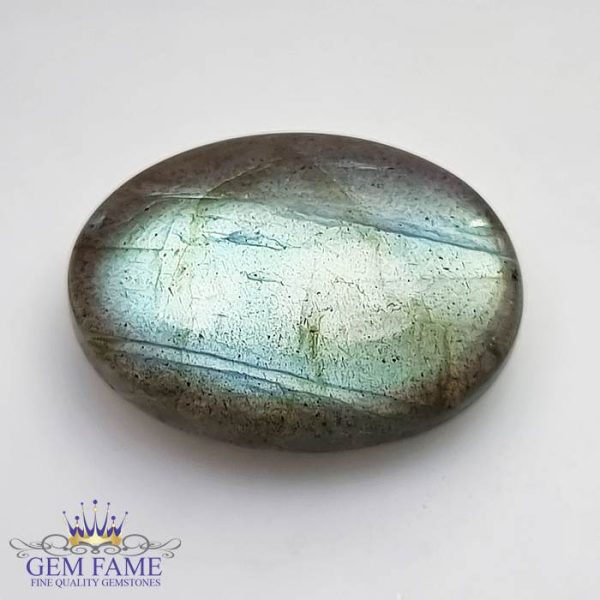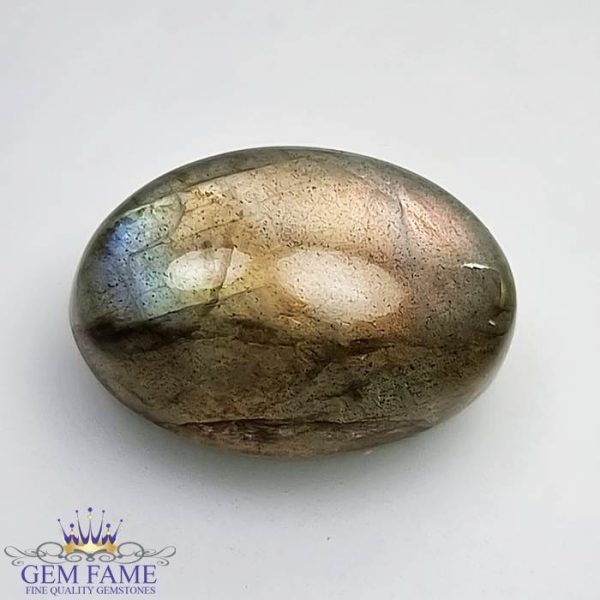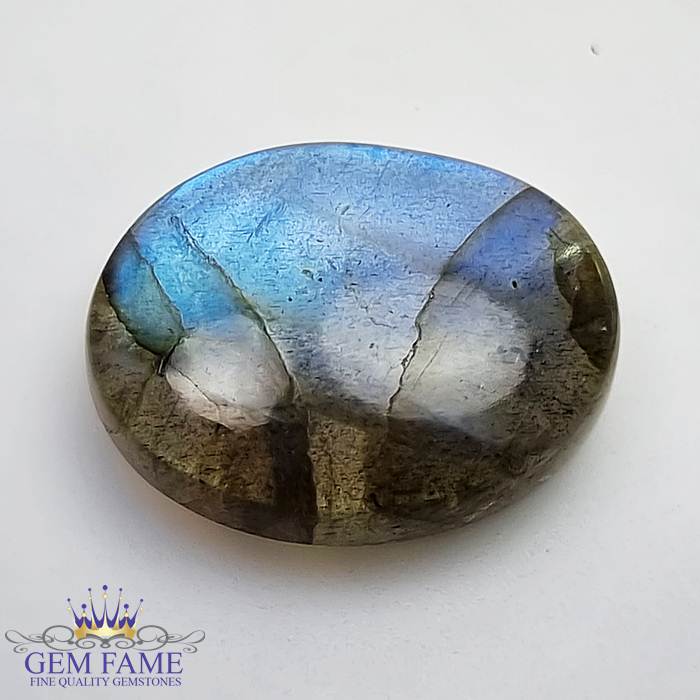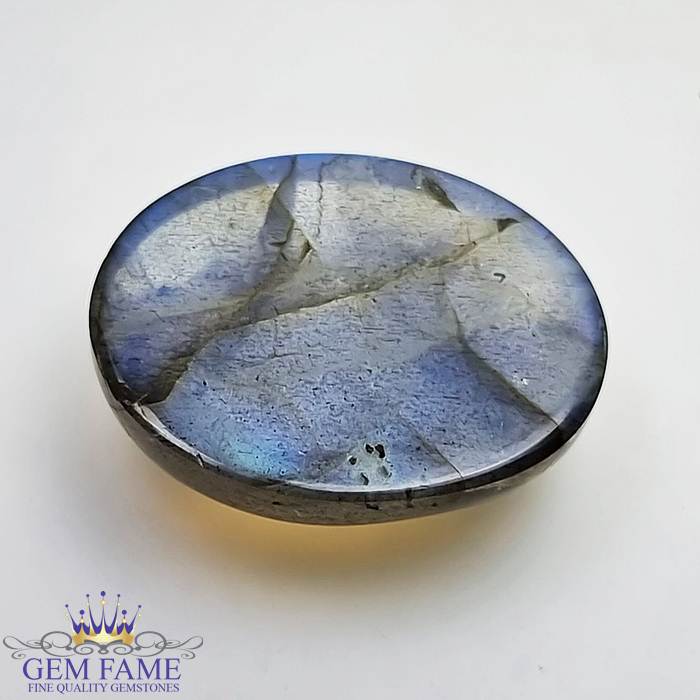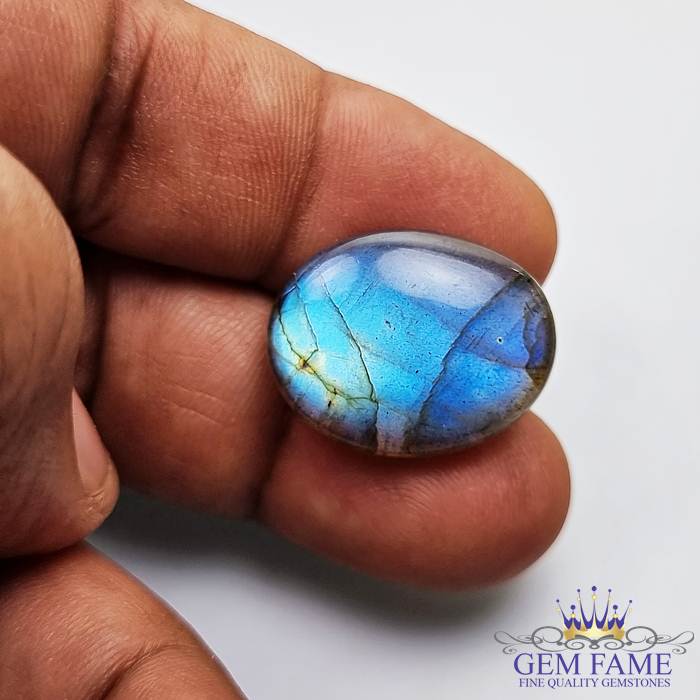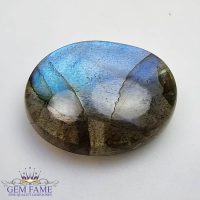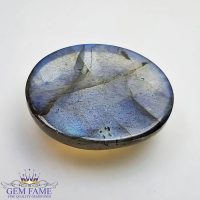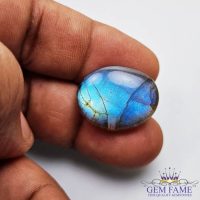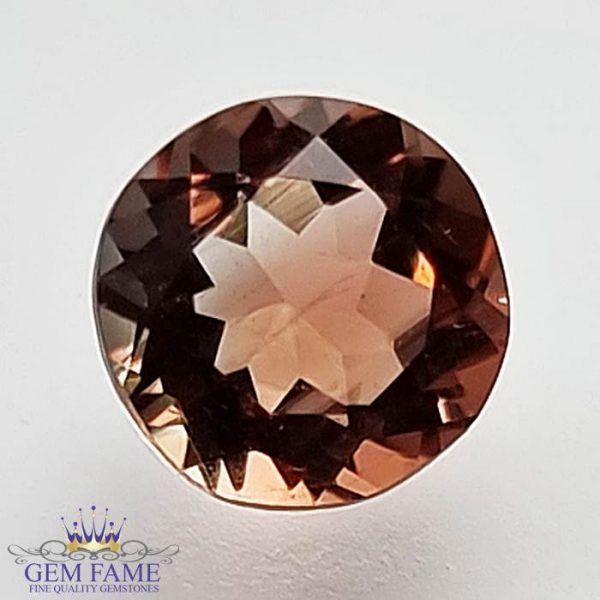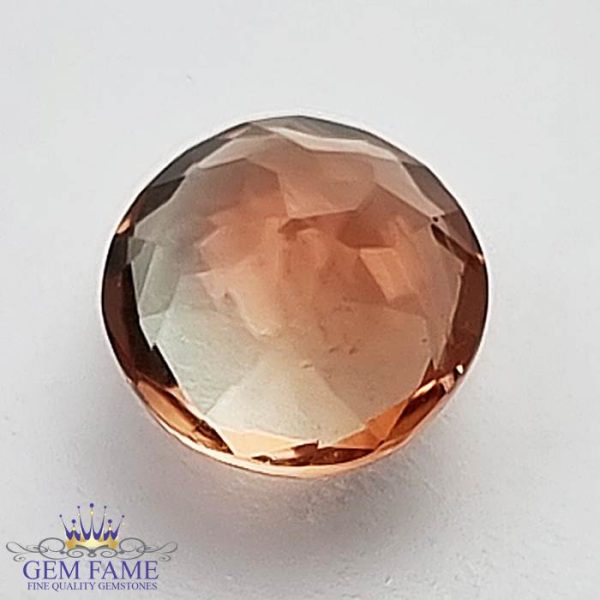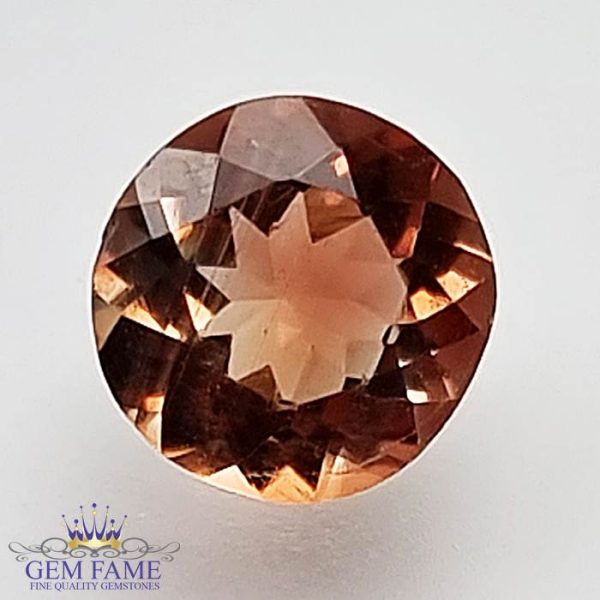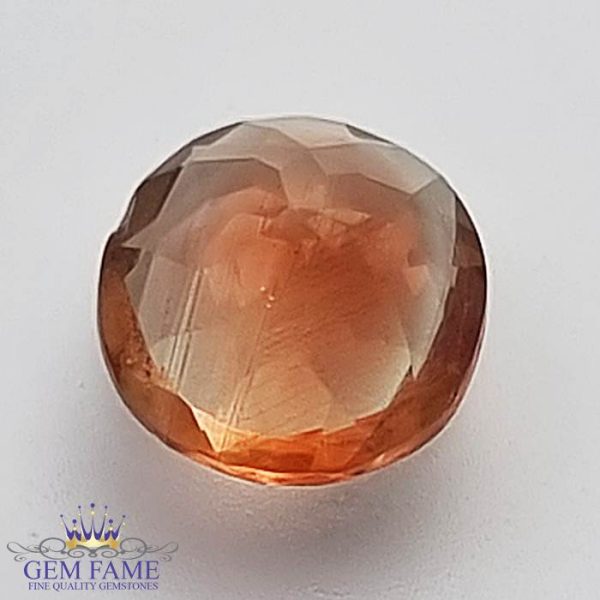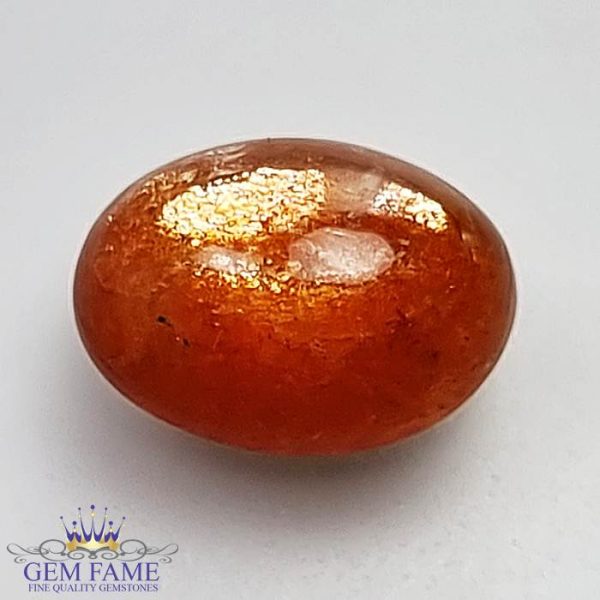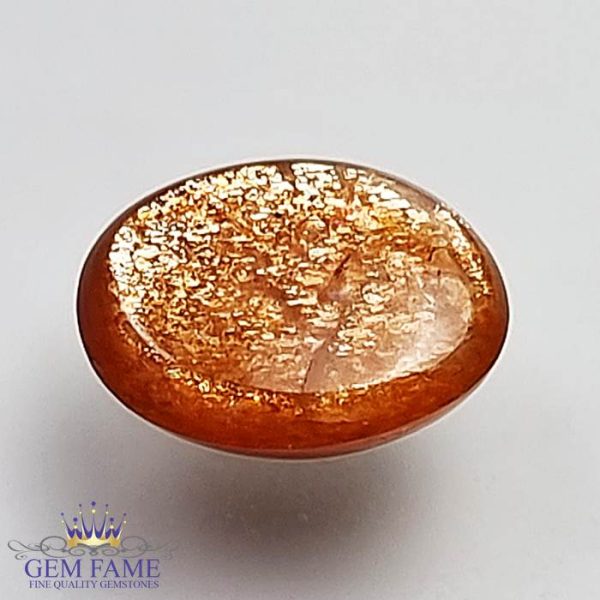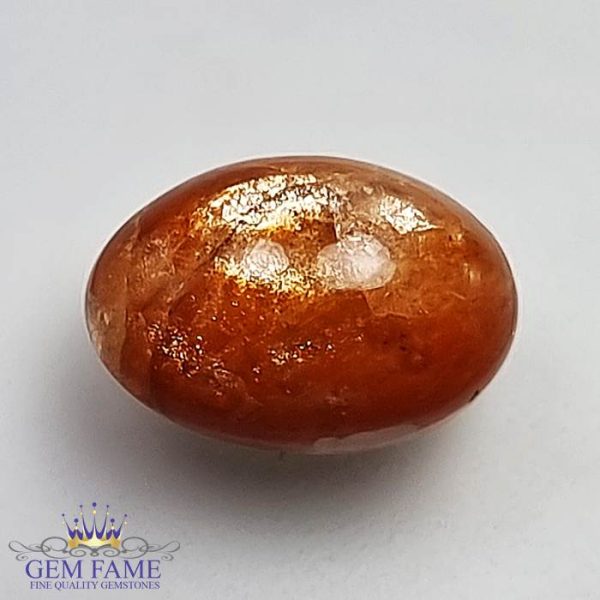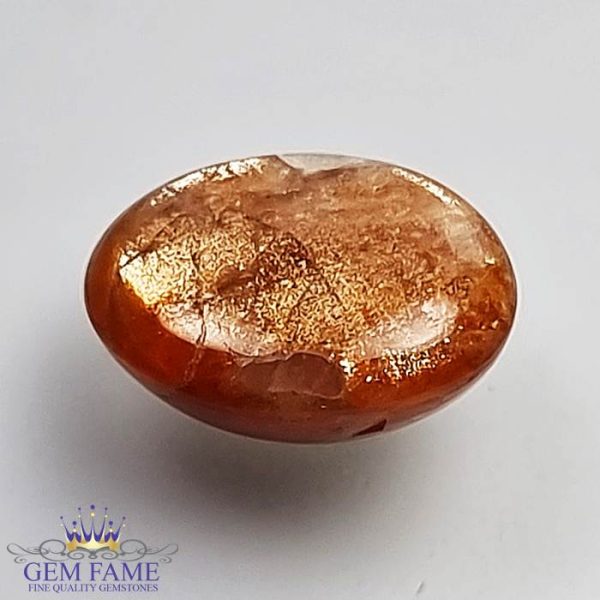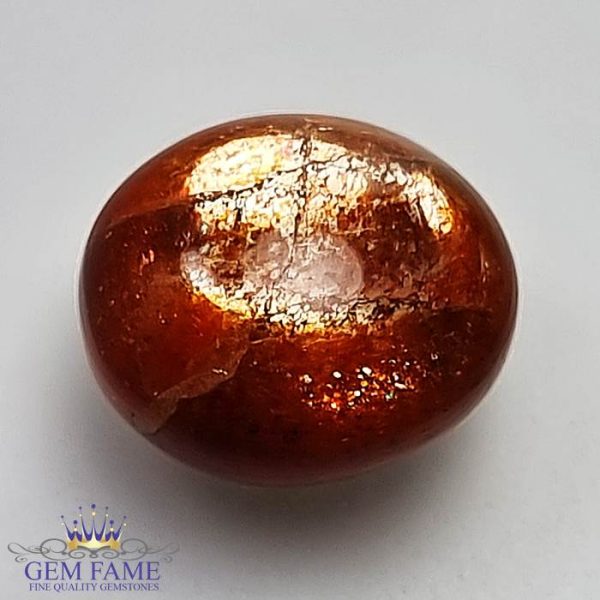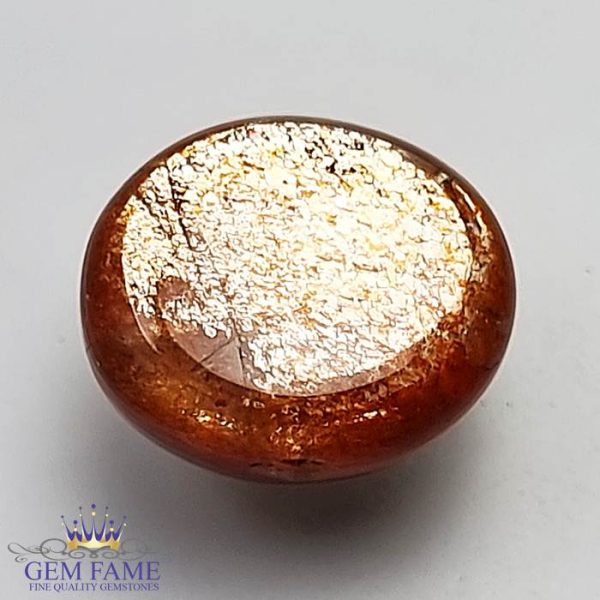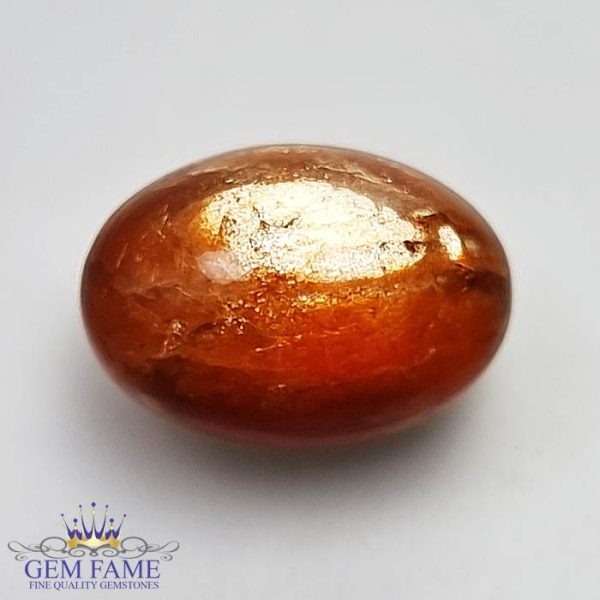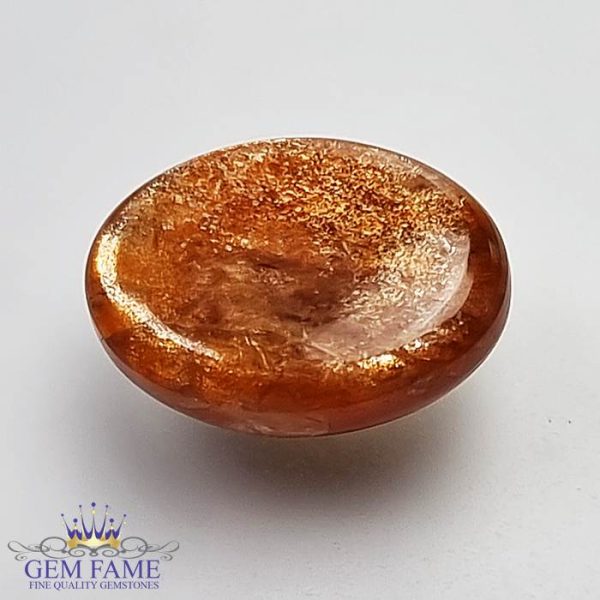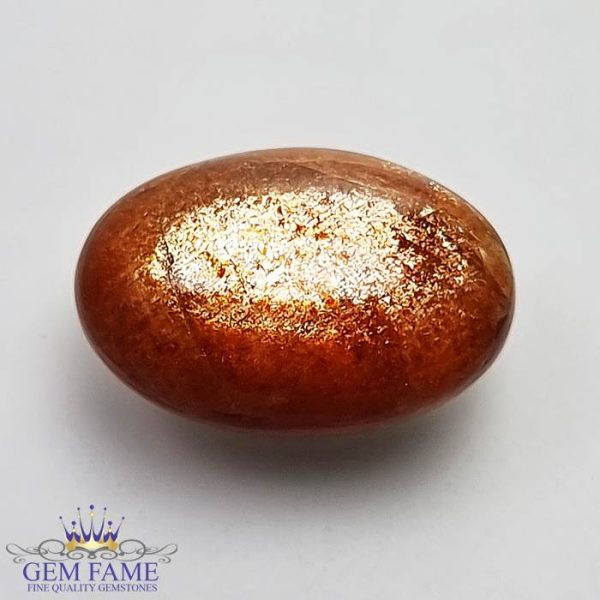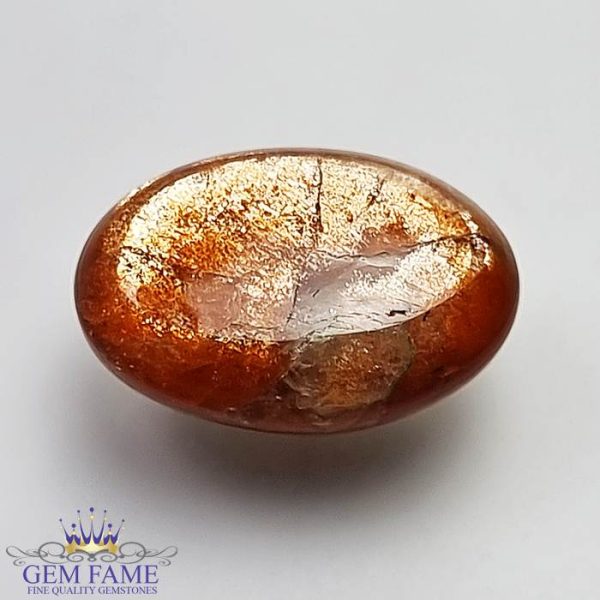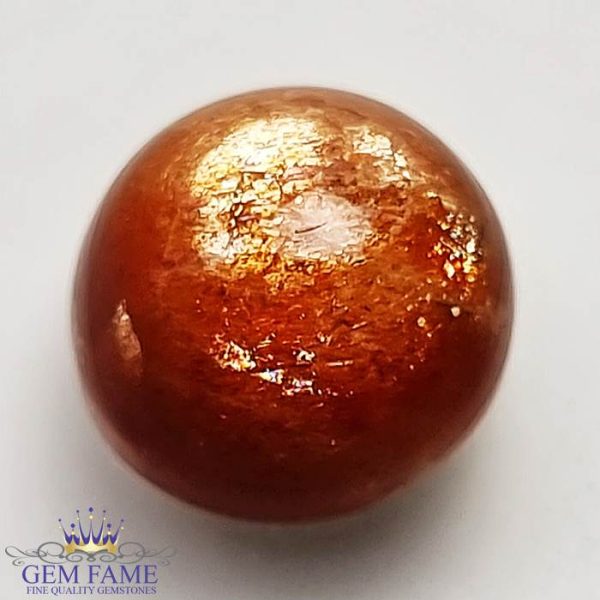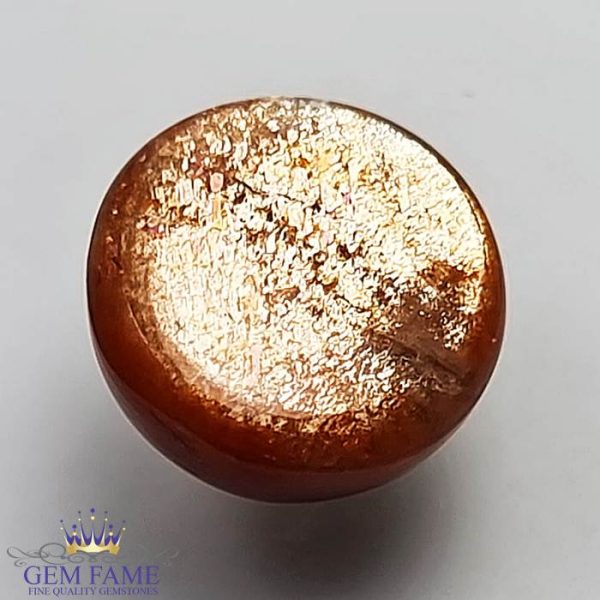Description
Labradorite Gemstone 21.90ct
Description
This Labradorite is natural gemstone which is Golden Brown / Multicolour, it’s Originates from India and its exact weight is 21.90ct the measurements are 23.42×18.44×6.02mm the shape and cut of this stone is Oval Cabochon. It’s graded Translucent and clarity is good. This 21.90ct Golden Brown / Multicolor natural Labradorite Gem is available for ready to ship anywhere in the world. You can also select Certification and shipment method as optional.
Details
| Summary No | AK10513 |
| Species | Natural Labradorite Stone |
| Weight | 21.90ct |
| Shape/cut | Oval Cabochon |
| Colour | Golden Brown / Multicolor |
| Dimension | 23.42×18.44×6.02mm |
| Clarity | Good |
| Transparency | Translucent |
| Origin | India |
| Treatment | None |
Labradorite Gemstone 21.90ct
Properties Of Labradorite Stone
Chemical Composition : (Ca,Na)Al(Al,Si)Si2O8
Specific Gravity (Density): 2.68 – 2.72 (g/cm3)
Hardness: 6.0 – 6.5Moh
Refractive Index: 1.554 – 1.573
About Labradorite Stone
Labradorite is a variety of Anorthite which is a known person in the plagioclase Feldspars of the Feldspar number of minerals that features Albite, Amazonite, Andesine, Anorthite, Bytownite, Hyalophane, Labradorite, Moonstone, Oligoclase, Orthoclase, Sanidine and Sunstone. Although Labradorite is a selection of Anorthite, it is, in reality, a combination of Albite and Anorthite with a ratio ranging from 30: 70 to 50: 50. It’s a member that is intermediate of Albite-Anorthite Series.
Labradorite is really a plagioclase feldspar variation and it is a mixture of Albite and Anorithe, with a percentage that is small of. Chemical analysis shows that Labradorite always comes with a contribution that is anorithe of to 61 percent, which in mineralogy is known as the Bøggild Rang. The twinned Another and Albite crystals are aligned in parallel lamellae of varying thickness, frequently according to the albite law within the material.
Labradorite is just a known member of the Plagioclase Feldspars of the Feldspar Group of minerals that also includes Albite, Amazonite, Andesine, Anorthite, Bytownite, Hyalophane, Labradorite, Moonstone, Oligoclase, Orthoclase, Sanidine and Sunstone. Labradorite can be best understood by the variety that is opaque a colour play of iridescent colours that includes blues, greens, gold, orange, yellow and purple. The variety that is transparent in colour from colourless to yellowish. It occasionally has inclusions of small to microscopic particles of colloidal copper which creates the end result of schiller. Schiller is the reflection of light off the copper particles suspended in the gem. This sort of Labradorite with schiller is named Sunstone.
Labradorite was named in 1780 by Abraham Gottlob Werner (1749-1817) from the incident at Ford Harbour, Paul Island, Labrador, Canada.
Labradorite is named as a result of its location of discovery regarding the Isle of Paul, near Nain, Labrador, Canada. It was discovered there in 1770 by a Moravian missionary.
Several mines in Oregon produce transparent orange, yellow, red, blue, green, and labradorite that is clear labradorescence. These can be cut into good stones that are faceted. A number of this product has platy inclusions of copper in a positioning that is common can produce an aventurescent flash when played in the light. These materials are marketed beneath the true name”Oregon Sunstone” and have attracted a strong following from local designers and the tourist trade.
Ove Balthasar Bøggild (1924), “On the Labradorization of the Feldspars” Labradorite can show an iridescent effect that is optical (or schiller) known as labradorescence.
Ove Balthasar Bøggild (1872 -“1956) was Professor of Mineralogy during the Mineralogical Museum of the University of Copenhagen, Denmark.
The term labradorization was first proposed in 1924 by Ove Balthasar Bøggild (1872 -1956) in his book “On the Labradorization of this Feldspars”. He defined labradorization as “the peculiar expression of the light from submicroscopic planes orientated in a single direction (rarely in two guidelines); these planes have never this type of position they’re not directly visible underneath the microscope. they can be expressed by simple indices, and” His term labradorization later became labradorescence, a current term that is gemological.
the light entering the material and returned from its interior is not really a true reflection that is optical is a diffusion of light spread over a selection of angles.
Refraction and reflection on alternating Albite and other layers. The reflected waves being light constructively or destructively interfere with each other. The reason behind this colour play is the material is made from repeated, microscopically thin twinned crystal lamellae, i.e. thin layers. Such twinned structures can appear when two kinds of crystal with similar structure inter-grow and both find yourself sharing the crystal lattice that is same. The 2 crystals that are various alternating, parallel layers that are approximately 50 to 100 nm thick. For each among these lamellae, light is partly reflected and partly refracted which, together with the thinness of the layers, may cause the disturbance that is significant. This effect, though, the interference colours are very directional in this case; this is amongst the main characteristics of labradorescence in contrast to most other materials that display.
As stated earlier, the phenomenon of Labradorite is not restricted to one reflection colour that is specific. In fact, different zones of colour can usually be seen in a rock that is single it really is rare to find stones with completely monochromatic representation patterns. The reason because of this is the individual lamellae do not develop regularly, but that the chemical that is overall associated with the mineral, and so also the thickness for the individual lamellae, often changes somewhat through the entire product.
Labradorite often shows transitions which can be smooth colour zones, while Spectrolite has a tendency to have sharp edges between them. However, no rules that are general be given.
Gemstone varieties of labradorite exhibiting a degree that is high of are known as spectrolite.
One property that is remarkable of minerals is that their iridescent colour hue is predicted from their chemical composition alone.
labradoresence a play of colours or coloured reflections exhibited especially by labradorite and caused by interior structures that selectively reflect only colours that are certain
A play that is iridescent of similar to adularescence. This labradorescence, or schiller effect, is the result of light diffraction within the intergrowths that are lamellar fine, adjacent layers associated with the separate materials (lamellae)
Labradorescent material is oftentimes cut into cabochons. The labradorescence phenomenon is most beneficial exhibited when the foot of the cabochon is parallel to the levels in the material that create the flash that is labradorescent. Careful study of the material is necessary so your stone that is finished be oriented to create a complete “face up the color.” The layers that produce the labradorescence is supposed to be inclined when the stone is seen from directly above if the stone is cut at other angles. This will yield a flash that is labradorsecent will be to be off-centre.
Some specimens of Sunstone are labradorite. Sunstone is just a plagioclase gemstone in which tiny platelets of copper or another mineral are arranged in an orientation that is common. These platelets produce a flash that is reflective incident light goes into the rock at a suitable angle in accordance with the angle of observation.
Labradorite is the sole mineral into the plagioclase series that exhibits labradorescence that is strong.
Some specimens of labradorite display a schiller effect, that is a play that is strong of blue, green, red, orange, and yellow colours as shown in the photographs above and at right. Labradorite is really so distinguished for these spectacular shows of colour that the phenomenon is understood as labradorescence.
Labradorescence isn’t displayed of colours mirrored from the area of a specimen. Instead, light enters the rock, hits a surface that is twinning the stone and reflects from it. The colour seen by the observer may be the colour of light reflected from that surface that is twinning. Different twinning surfaces within the rock reflect various colours of light. Light reflecting from different twinning surfaces in various parts for the stone can supply the stone an appearance that is multi-coloured.
Originally discovered at Ford Harbour, Paul Island, near Nain, off the coast that is east of, Canada.
Lynx Eye is a number of labradorite with green iridescence.
Labradorite is best known for the variety that is opaque a colour play of iridescent colours which includes blues, greens, gold, orange, yellow and purple. The variety that is transparent in colour from colourless to yellow. It occasionally has inclusions of small to microscopic particles of colloidal copper which creates the affectation of schiller. Schiller is the reflection of light off the copper particles suspended in the gem. This variety of Labradorite with schiller is called Sunstone.
Labradorite is termed after the place of its development that is first, Canada. Plagioclase is from the Greek meaning oblique cleavage. Feldspar is through the felt that is Swedish spat meaning that it was present in fields overlying granite.
Labradorite distribution: widespread. From Ford Harbour, Pauls Island, Labrador, Newfoundland; at Lake St. John, Quebec; and elsewhere in Canada. Into the USA, especially in northern New York, forming the Adirondack Mountains; crystals from Sagebrush Flat, about 37 north that is km of, Lake County, Oregon; atop the San Marcos Mountains, San Diego County, plus in the western San Gabriel Mountains, Los Angeles County, California. Numerous treasure crystals in the Pinacate field that is volcanic Sonora, Mexico. At Vesuvius, Campania, as well as on Mt. Etna, Sicily, Italy. From Ylämaa, near Lappeenranta, Finland. In the Langesundsfjord- Larvik-Tvedalen area, Norway. On Surtsey Island, south of Iceland.

